Flightless birds show a deterministic reduction in keel size and sternum curvature as body mass increases.
When birds give up flight, they don’t just change their feathers or wings—they rebuild their very bones. A new study published in Nature Ecology & Evolution (2025) reveals a striking and consistent rule: flightless birds from across the tree of life evolve smaller, flatter breastbones in a predictable way. Evolution, it turns out, isn’t just creative—it’s mathematical.
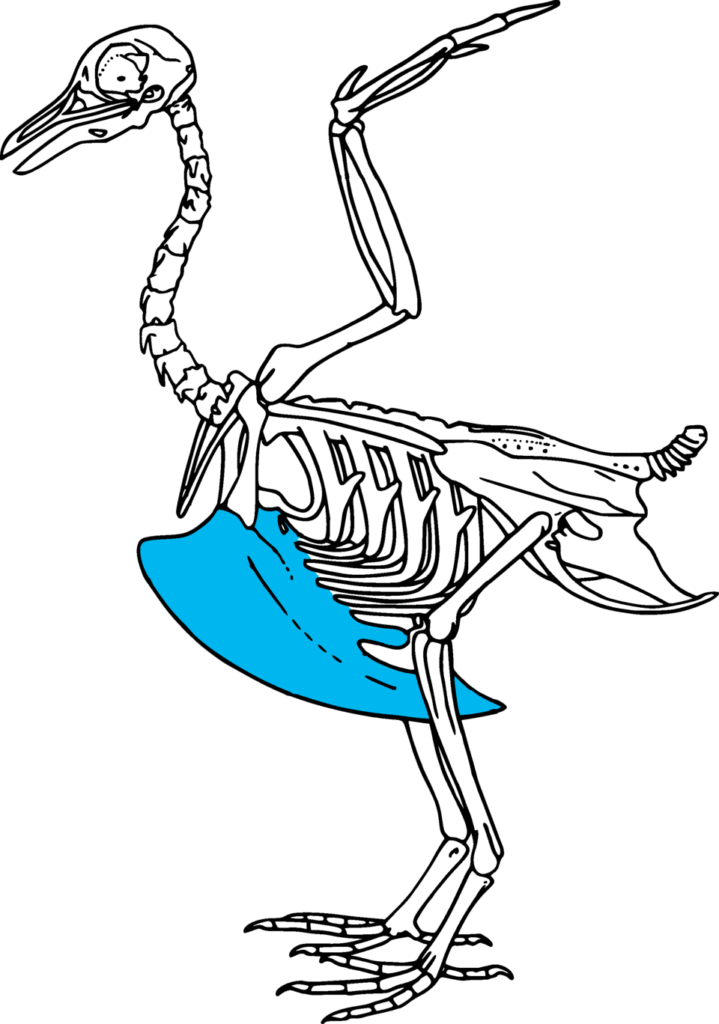
What was the mystery?
All flying birds have a large keel—a central ridge on their sternum (breastbone) that acts like a powerful anchor for flight muscles. Think of it as the scaffolding for flight.
But in birds that no longer fly—like ostriches, penguins, emus, and the extinct dodo—the keel shrinks or disappears. This raised a question:
Do these flightless birds lose their keels in random, lineage-specific ways? Or is there a shared evolutionary pattern behind their skeletal changes?
The study: A 3D deep dive into the bird skeleton
Researchers used 3D morphometric analysis on the sterna (breastbones) of 265 bird species, including:
- Extant and extinct taxa
- Strong fliers (e.g., songbirds, swifts)
- Weak fliers (e.g., ducks)
- Flightless birds (e.g., kiwis, rheas, dodos, penguins)
They measured the size, shape, and curvature of each sternum and analyzed it using allometry—the study of how body parts change with size.
Key Methods Included:
- Digital landmarking of 3D sternum models
- Phylogenetic comparisons (to correct for shared ancestry)
- Principal Component Analysis (to capture shape differences)
- Body mass scaling
The big reveal: A predictable path of flightlessness
Across the board, flightless birds show a deterministic reduction in keel size and sternum curvature as body mass increases. This pattern holds true regardless of evolutionary lineage or ecology.
In simple terms:
As birds evolve to be heavier and grounded, their sternums shrink in a very specific, mathematical direction.
This reduction doesn’t happen randomly. Instead, it’s governed by biomechanical and structural principles—most likely because these large, non-flying birds no longer need powerful pectoral muscles for lift.
What does it mean?
1. All roads lead to similar bones
This is a classic case of convergent evolution—where different species independently evolve similar traits. Despite vast differences in ancestry, habitat, and lifestyle, the dodo, rhea, and penguin all evolved similar sternum changes. Why? Because flightlessness imposes similar physical constraints.
2. Allometry rules
The study confirms that allometry—how shape changes with size—is not just an incidental effect. It can drive evolution in a consistent direction. Evolution here isn’t a creative free-for-all; it’s bounded by biological laws.
3. Skeletons are evolution’s memory
The sternum doesn’t lie. Even in long-extinct birds like the dodo, bone shape reveals how an animal lived—and how it gave up flight for good.
More than a breastbone
By showing that bird sterna evolve predictably with flight loss, the study helps us better understand:
- How birds transition between ecological roles (from flyers to runners or swimmers)
- How body size constrains function
- Why some extinct birds may have lost flight faster than previously assumed
The bottom line
Evolution doesn’t always play dice. When birds trade their wings for legs or flippers, their bodies respond in repeatable, testable ways. This study doesn’t just catalogue changes—it shows us a rulebook written in bone.
The shape of the sternum is not just a relic—it’s a roadmap of evolutionary logic.
Articles cited
Lowi-Merri, T.M., Benson, R., Hu, H. et al. Enlargement of sternum traits facilitated the evolution of powered flight in birds. Nat Ecol Evol (2025). https://doi.org/10.1038/s41559-025-02795-4
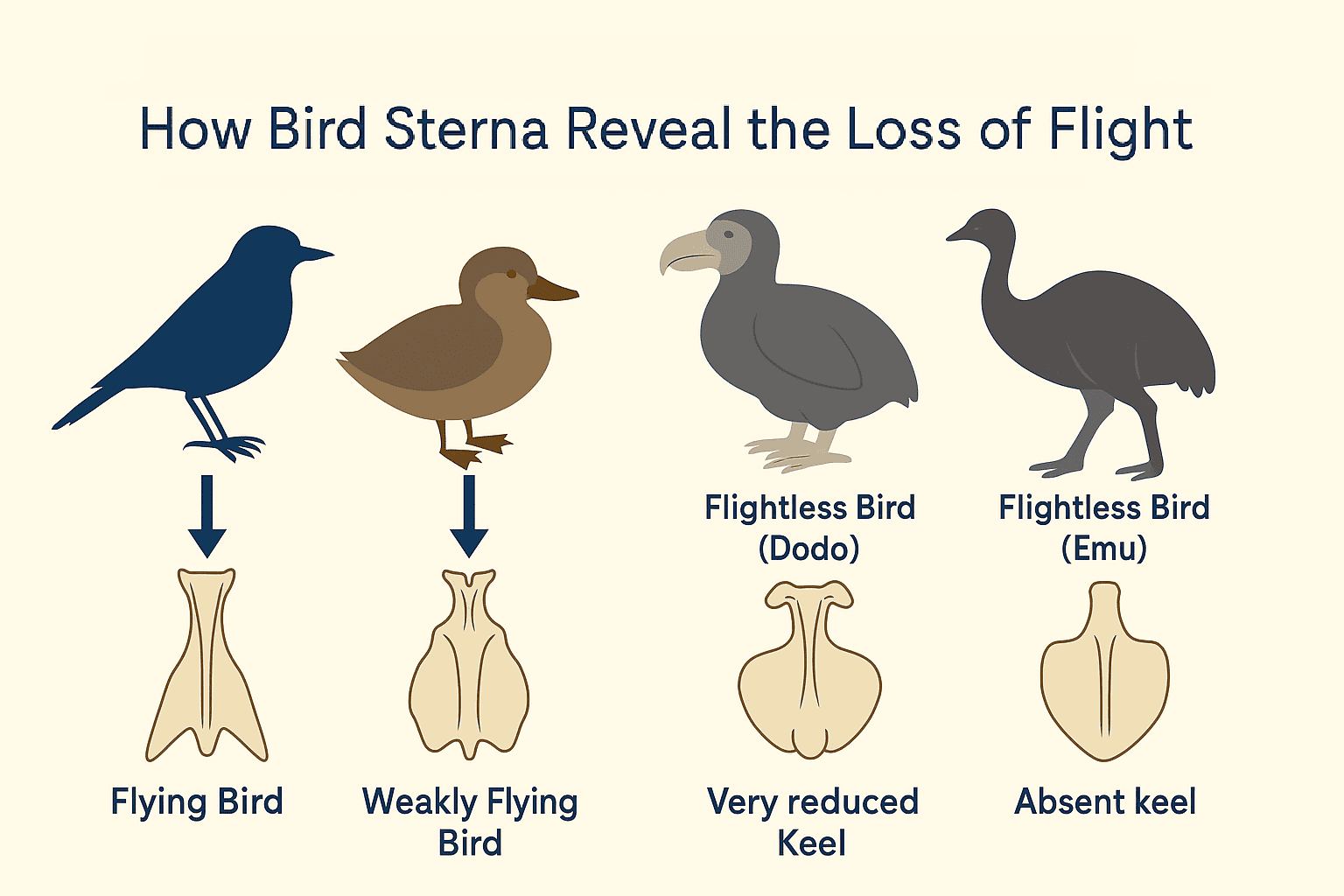
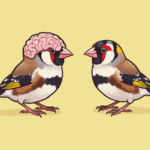
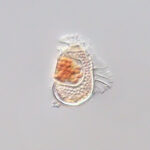

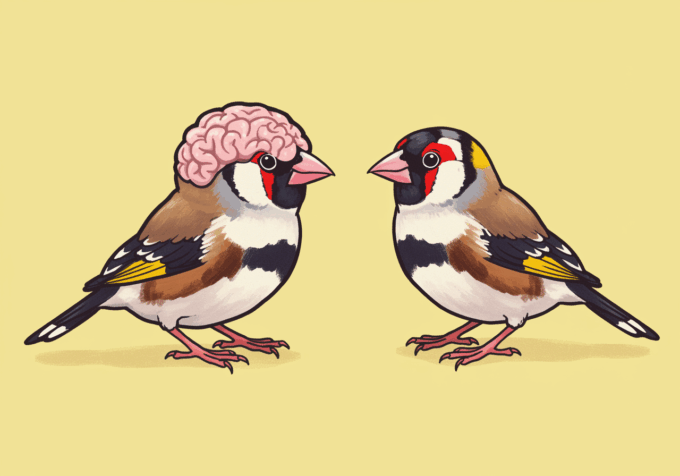

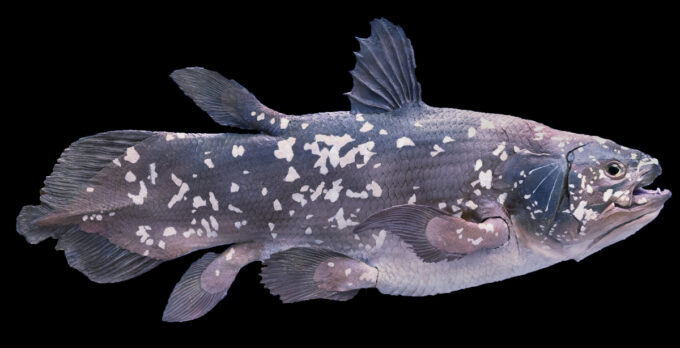
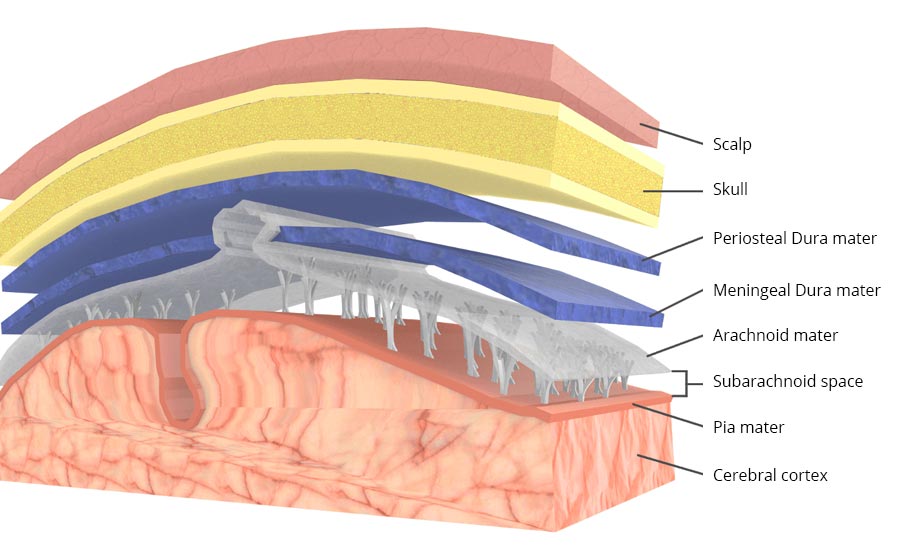


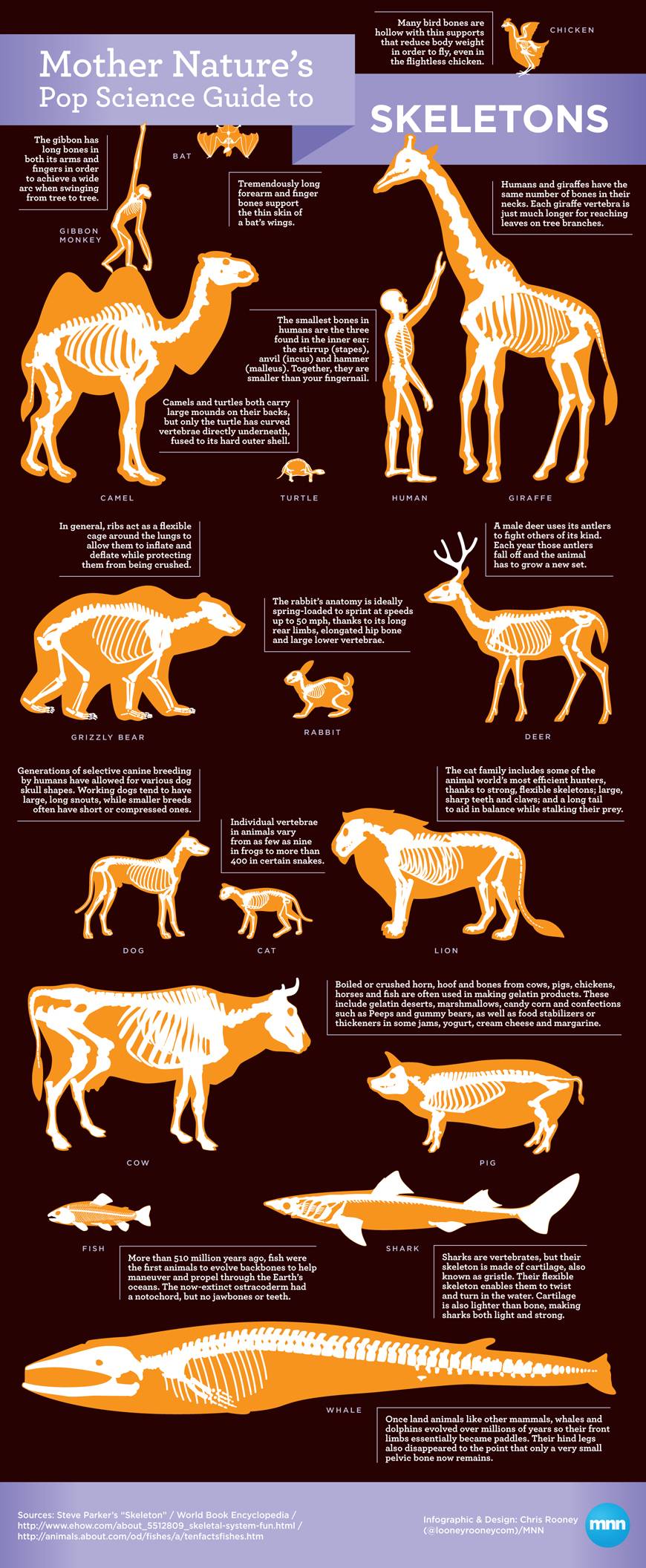
Leave a comment